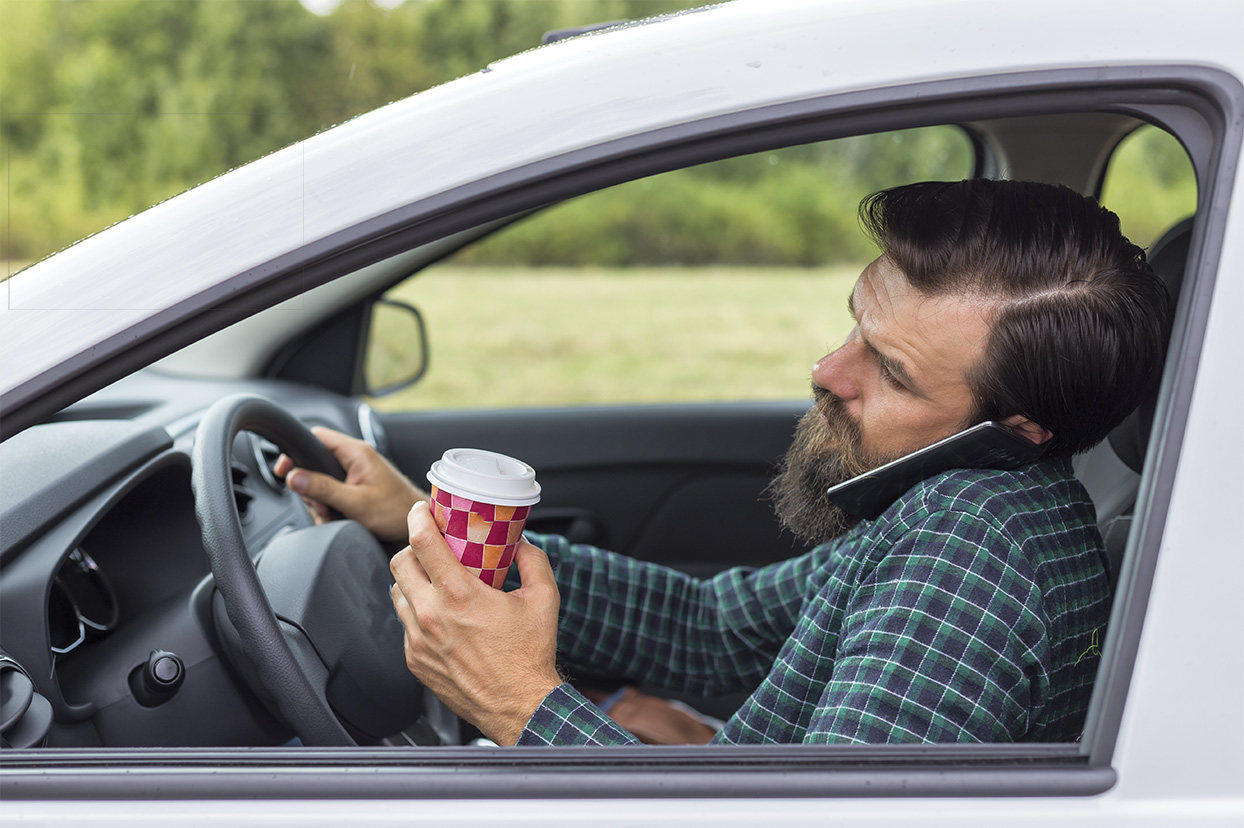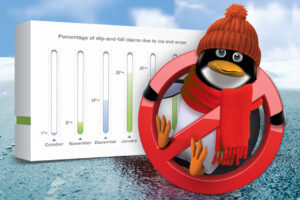November 21, 2017
The risks of multitasking: Why single-tasking is more productive — and safer
What are you doing right now — besides reading this, of course? Are you also scanning your email? Is the radio or TV on in the background? Are you in a meeting?
Multitasking has infiltrated our work and home lives. It’s so common to check our mobile phones (about 80 times a day on average) that we don’t even realize we’re multitasking anymore.
Juggling multiple projects at once used to be something to strive for at work — a sign of a high achiever. But the research is clear — multitasking doesn’t save time.
Multitasking’s negative side-effects
In study after study, researchers have found that a multitasking worker is more likely to:
- Make mistakes
- Experience higher stress
- Remember fewer details
- Experience a drop in IQ
- React more slowly
As Cal Newport, author of the book Deep Work, put it, “Human brains weren’t built to multitask.”
The reason why is that multitasking is a misnomer — a more accurate description is task-switching.
People trying to do two things at once are actually switching back and forth. And each time they switch, there’s a cost in time and cognitive load. It’s akin to constant interruption. The result: projects take longer to complete and they’re not done as well.
Safety risks of multitasking
Do you still think task-switching is more productive? What if you knew that it was also more hazardous?
Distracted driving
Distracted driving is simply another form of multitasking poorly, but while behind the wheel and with potentially dangerous consequences.
In a National Safety Council survey, 54 percent of respondents said work would motivate them to do a distracting activity while driving such as making a phone call, searching for a location using a GPS system or reviewing and sending emails.
Motor vehicle crashes are the number one cause of work-related deaths in the U.S. The risk of a crash or near crash is 17 percent higher when the driver is interacting with a cell phone, according to the Insurance Institute for Highway Safety. The National Safety Council has reported that drivers using a cell phone had slower reaction times than drivers with a .08 blood alcohol content.
That’s why SFM’s sample cell phone policy includes a zero tolerance position regarding using a cell phone or hands-free device while driving.
Distracted walking
Distracted walking poses another danger.
Pedestrian deaths have increased in recent years, reaching a 25-year high in Minnesota last year with 60 fatalities, according to the Minneapolis Star Tribune. In a study where people texted while crossing a busy street, the texters were less likely to stay inside the crosswalk or look before they crossed. They spent on average two seconds longer in the street than non-texters.
Distracted walking can take place anywhere, not just on sidewalks and streets. Consider employees preoccupied by phones while walking around the manufacturing floor, down the stairs or in parking lots. What kind of situations might they find themselves in — or falling into — while they’re unaware of their surroundings?
How to reduce distractions
Some straightforward solutions can reduce distraction and the resulting injuries in any work environment: Focus on one thing at a time. Practice being present in the moment. Put down the phone.
To cut back on email and mobile phone distractions, start by turning off notifications. Try keeping your phone in your bag or another room. Some mobile apps exist solely to block other apps from interrupting.
The sign of a successful person is no longer multitasking — it’s single-tasking, focusing on one thing at a time. Eliminating distractions will help you get more done with less stress and more awareness of your surroundings and safety risks.





